Angle grinders are common in most enthusiasts’ garages. They can grind, they can cut, and in a pinch, they can sand. In fact, with the right attachment, they can polish bare metal—although we certainly wouldn’t want to use one for polishing paint!
All told, there are a few primary uses for angle grinders*:
- Grinding: Obviously, an angle grinder works great for grinding. It allows you to remove excess material and smooth metal easily.
- Cutting: The second most common job of an angle grinder is to make cuts in metal. You can use them in place of a saw, particularly when you need some tool maneuverability. With a saw, you have to move the material to make complex cuts. With an angle grinder, the material can stay in place and you can cut away.
- Sanding and Polishing: With the right attachment, an angle grinder can be used to sand and/or polish metal. Obviously (and as emphasized earlier), you won’t be polishing paint or chrome, but it works great for smoothing out bare metal. The key here is the wide range of attachments available.
*They’re called “angle grinders” because of the 90 degree angle of the handle and the head.
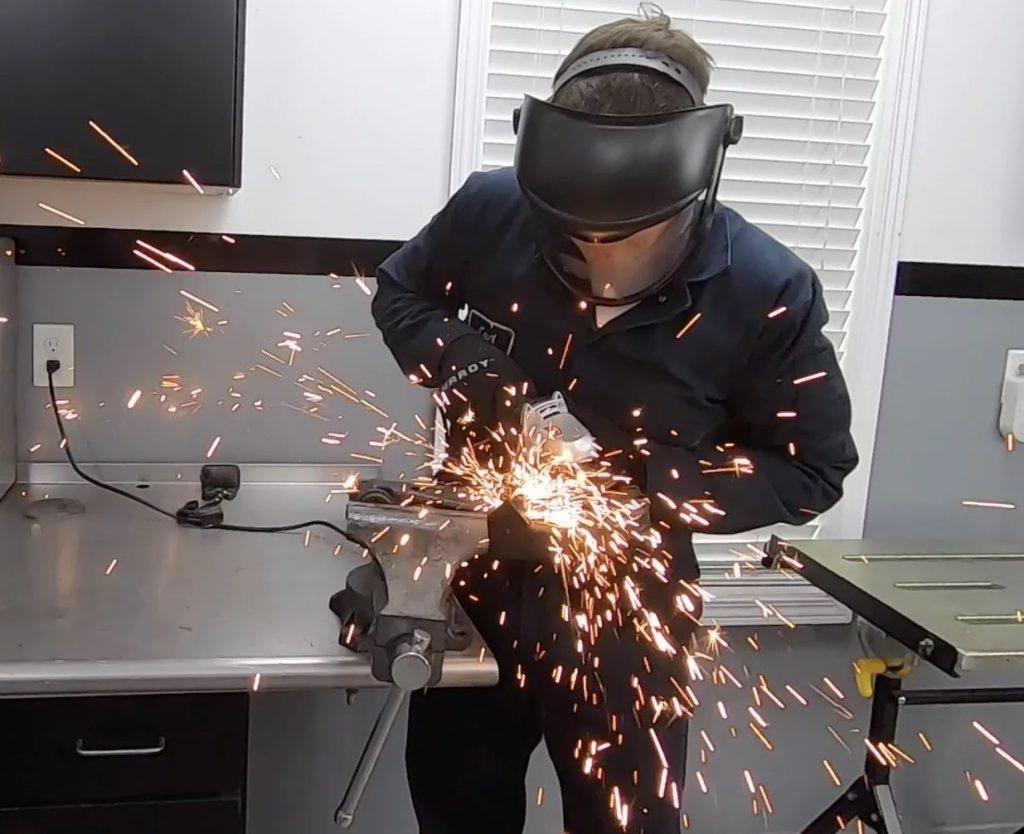
What Size Angle Grinder Do You Need?
When it comes to angle grinders, the diameter of the disc is what determines the use.
SummitRacing.com has angle grinders available in four through nine inch disc diameter sizes.
The larger the disc, the greater the cutting depth of the machine. The size of the disc often determines the power of the tool. And of course, the larger the tool, the less maneuverable it becomes. Typically, the smaller grinders operate at high speeds, and of course, they’re easier to handle. Larger grinders operate slower (in general) and for the most part, they’re easier on discs. Usually angle grinders with bigger disc diameters are also more powerful.
Understanding Angle Grinder Power Sources
There are several different ways a grinder can get its power. The most common grinders are corded options that use typical household 110 volt power or cordless examples with either an 18 or 20 volt rechargeable lithium ion battery. There are also several 60V rechargeable examples along with compressed air powered (pneumatic) versions.
Some electric grinder models feature brushless motors too, which often means they’re more powerful, and over time, perhaps more reliable.
Electric grinders are available in different watt ratings. A higher wattage grinder will provide more power for cutting through thicker materials. If you’re going to be using the grinder over a long period of time, then a higher wattage is recommended.
Some grinders are equipped with paddle switches. Some are equipped with basic on-off switches. The paddle switch (or “Dead Man Switch”) is a safety device that ensures you use two hands to operate the grinder. In addition, some angle grinders are designed with a slow start feature. Here, the speed of the motor slowly increases to full speed,. This prevents the grinder from twisting immediately on start-up. Grinders with an anti-kickback function are designed to stop should the cut-off wheel become bound up.
Angle Grinder Safety
When using grinders, safety is a big issue. Not only does an angle grinder create a lot of flying sparks, it can also throw up debris from the cut. Because of this, safety glasses are a must. Many folks won’t operate them without a heavy set of shop gloves. The reason for this is the fact angle grinders mix a high speed spinning motor with a sharp cutting disc—a dangerous combo if you’re not careful.
Depending on the circumstances and ventilation, the use of a personal dust mask isn’t a bad idea either, particularly if you’re cutting masonry or ceramics or composites (such as fiberglass or carbon fiber). In close quarters, these materials tend generate considerable dust. Additionally, grinders can also prove to be noisy. As a result, you might want to consider ear protection.
Prior to plugging an angle grinder into a power source, always ensure the machine is switched off—and make it a practice to always turn the switch off before you unplug it too.
How to Select the Right Grinding Disc for the Job
It’s important to use the right grinding discs (aka grinding wheels) or other attachment for the specific job. The correct disc diameter is obviously important, but so is the right type of disc for the material you’re working on. For example, a disc designed for metal won’t last long if you’re using it on ceramic material. You also run the risk of breaking the disc or damaging the material you’re working on when the wrong disc or wheel is used.
Finally, it’s always a good idea to operate an angle grinder with two hands, as they have a tendency to twist if you’re not careful. The exception here are the positively tiny pneumatic angle grinders available. They’re actually designed to work with one hand.
Popular Angle Grinder Options
A quick trip to SummitRacing.com will reveal dozens of grinder types, including corded, battery powered, and pneumatic options in a huge range of sizes. See the photos below, and you’ll get a good idea of what’s available.
Check them out—because once you have a grinder or two in your shop, you won’t know how you worked on cars without them!

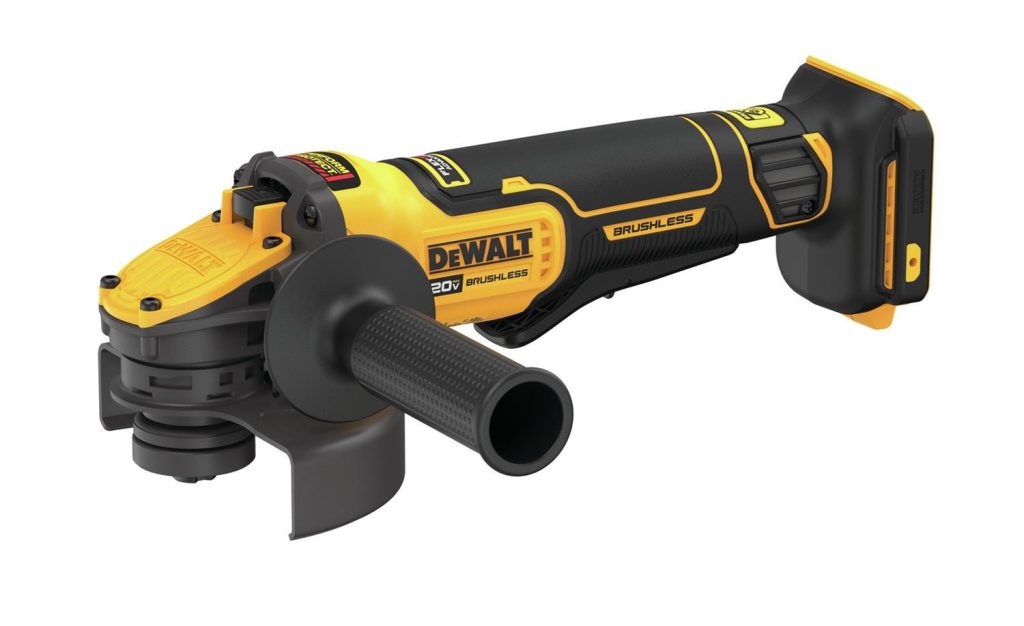
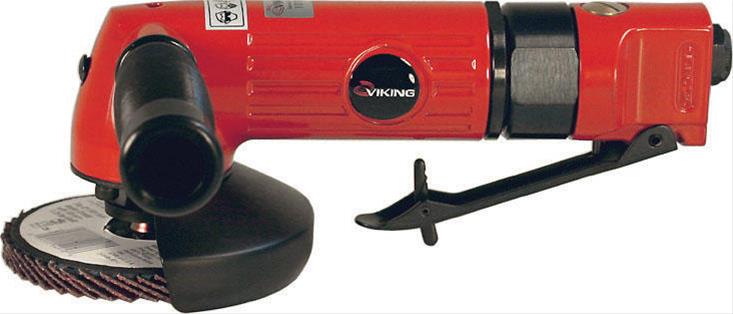
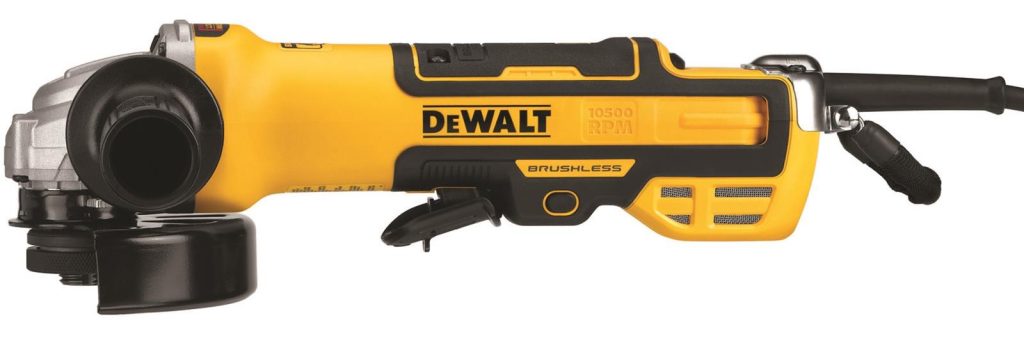
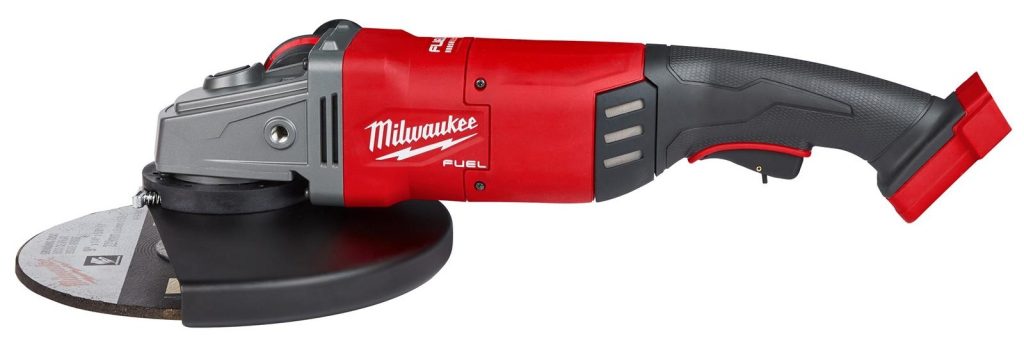
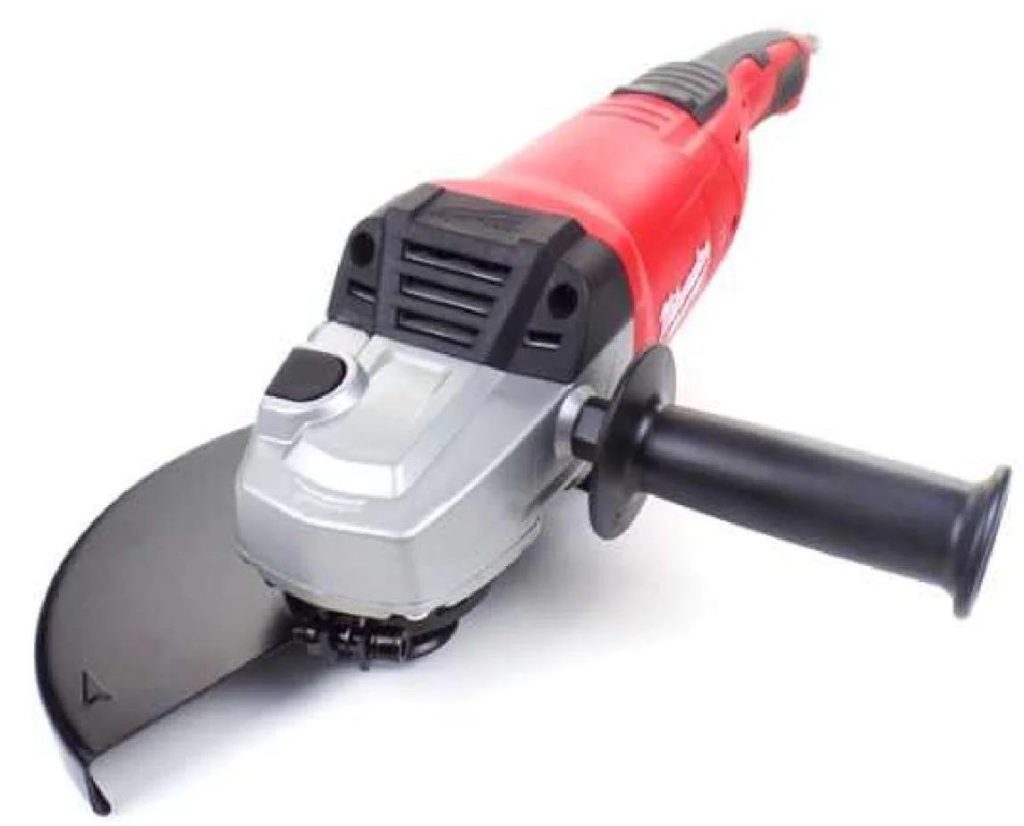
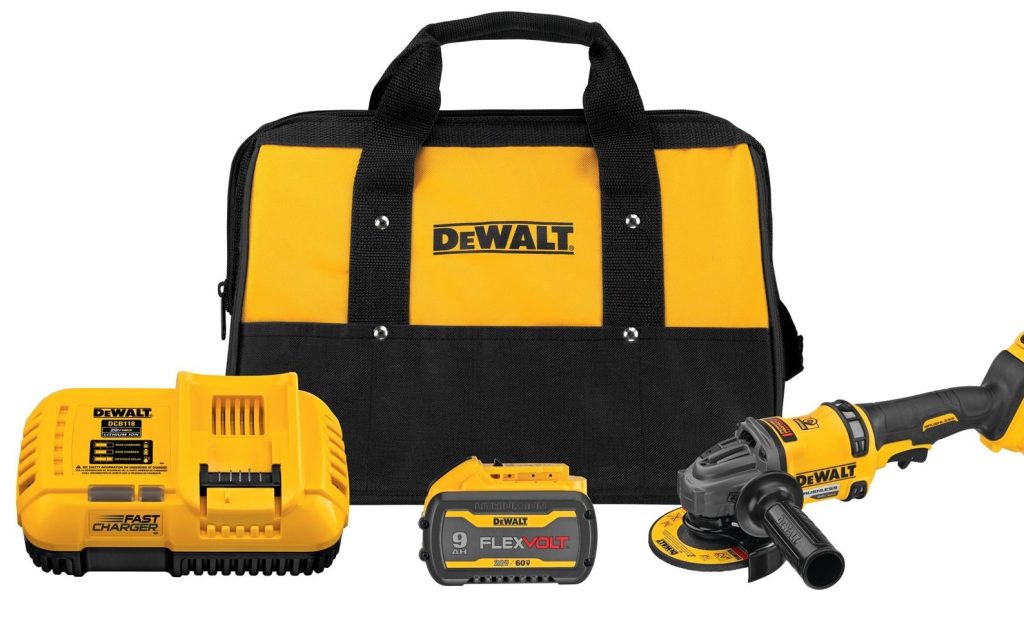
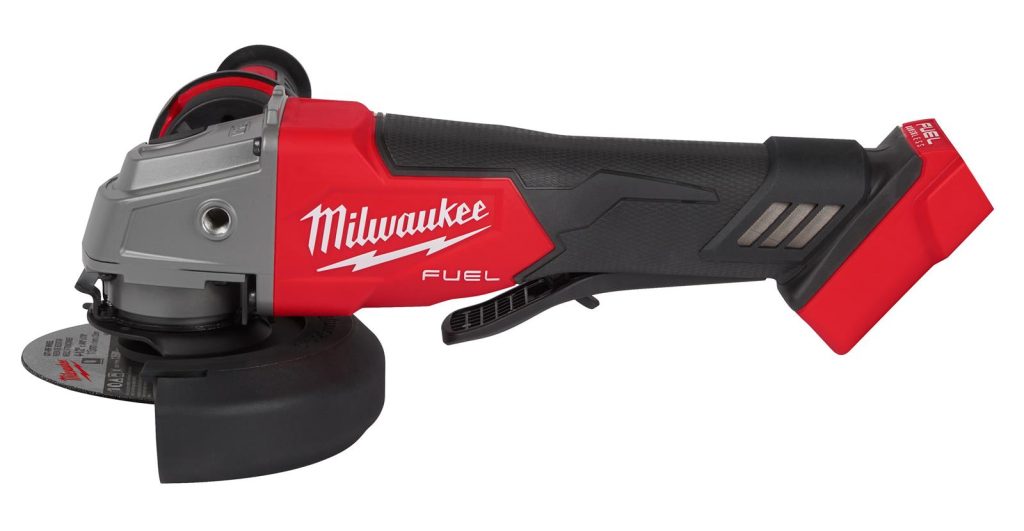
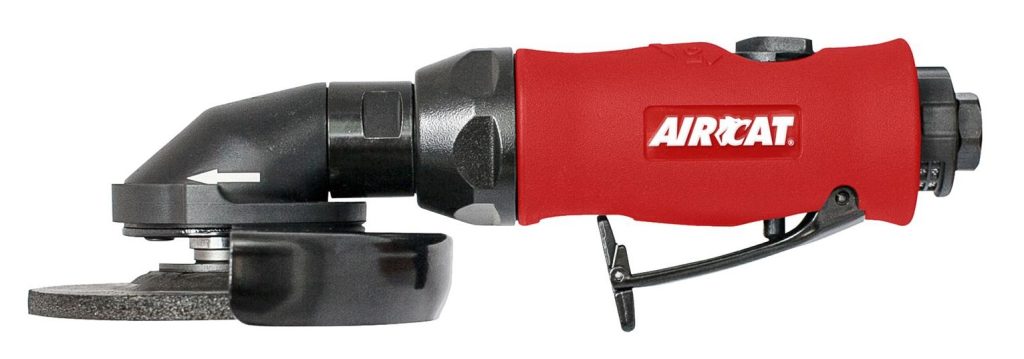

Comments